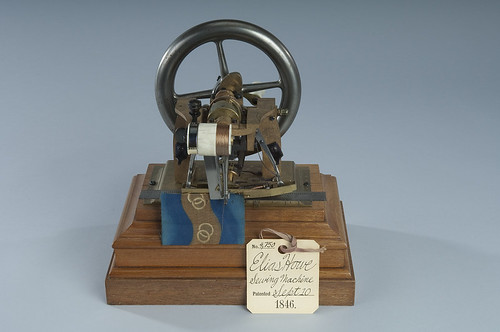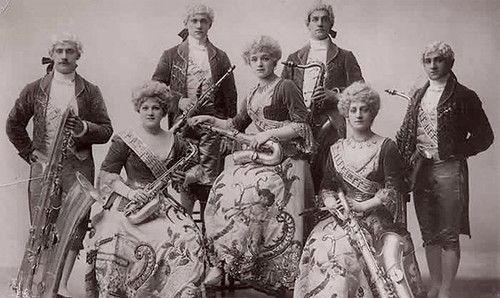The Associated Press is formed in New York City as a non-profit news cooperative.
The Associated Press (AP) is a not-for-profit news agency headquartered in New York City. It is one of the largest and oldest news organizations in the world. Founded in 1846, the AP operates as a cooperative, with thousands of member news organizations and subscribers worldwide. Its mission is to provide factual, unbiased, and independent news reporting to its members and the public.
The AP gathers news from around the globe through its network of journalists and reporters located in various countries. It covers a wide range of topics, including politics, business, sports, entertainment, and more. The AP’s news stories, articles, photographs, and videos are widely syndicated and distributed to its member news organizations, which include newspapers, broadcasters, online platforms, and other media outlets.
The AP is known for its commitment to journalistic integrity and impartiality. It adheres to a strict set of journalistic standards and ethics, striving to report news in a fair, accurate, and objective manner. Its reporters and editors follow a rigorous verification process to ensure the accuracy and reliability of the information they publish.
The Associated Press has earned a reputation as a trusted and respected source of news worldwide. Its content reaches millions of people every day, shaping public understanding of important events and issues. The AP’s coverage has won numerous awards for its journalism, including Pulitzer Prizes.
In addition to its news services, the AP also provides other media-related products and services, such as photo and video licensing, data feeds, and digital tools for news organizations.



